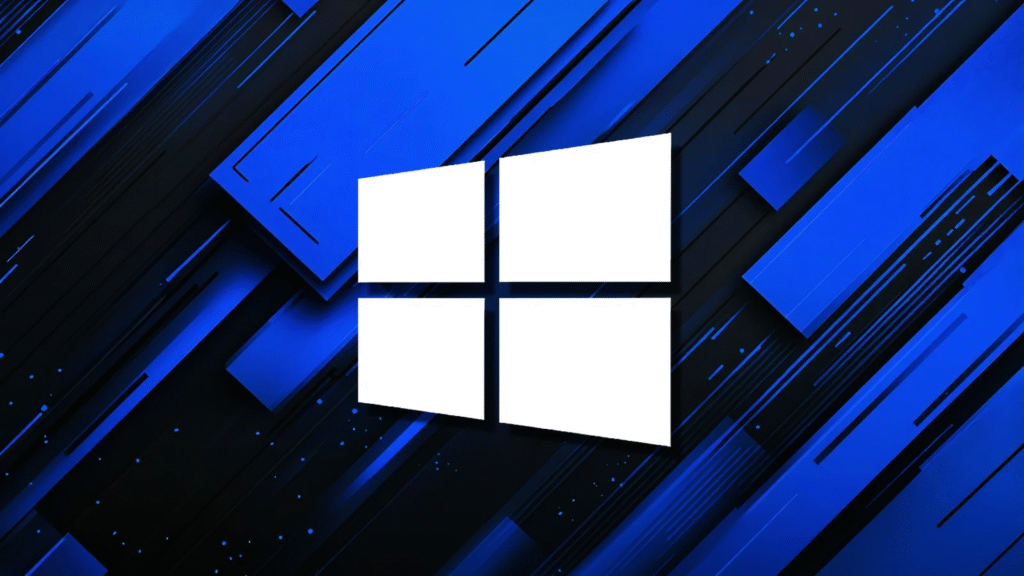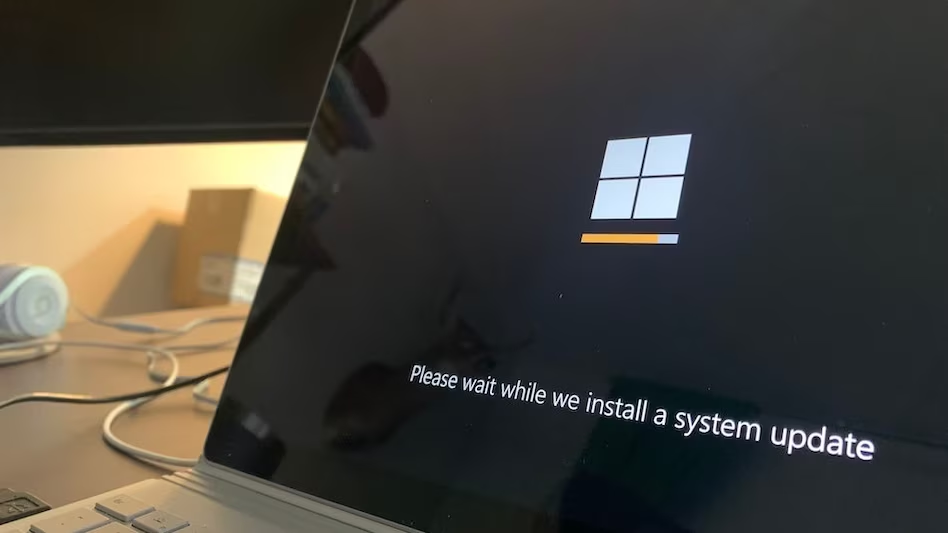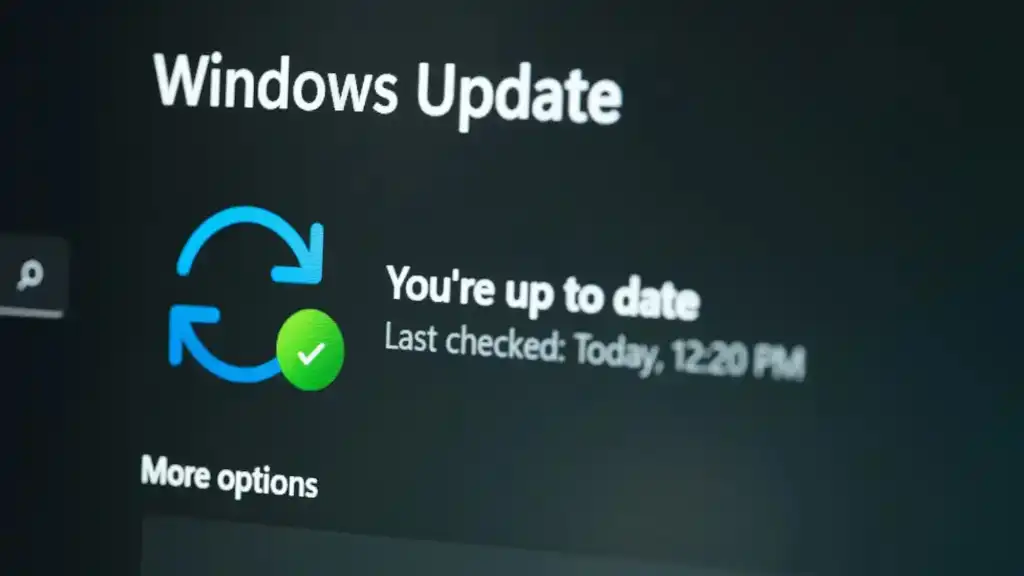
Microsoft has unveiled a groundbreaking Windows Update Orchestration Platform designed to streamline the process of delivering third-party app updates directly through the Windows ecosystem. This initiative, announced as part of Microsoft’s continuous efforts to improve system management and user experience, signifies a pivotal step toward enhancing the functionality and security of Windows-powered devices.
The concept of integrating third-party app updates into the Windows environment isn’t entirely new. However, this official orchestration platform is a leap forward in simplifying how users interact with and maintain their systems. The platform promises to eliminate the fragmented processes often associated with manually updating third-party applications, making it more efficient and user-friendly.
A Unified Approach to System Updates
Traditionally, the management of third-party applications has been an isolated process, often requiring users to download updates manually or rely on the apps’ in-built update systems. These methods, while functional, pose significant challenges in terms of consistency, security, and user convenience. Microsoft’s new platform seeks to address these concerns by creating a unified update mechanism that integrates seamlessly with the existing Windows Update infrastructure.
One of the primary benefits of this integration is the improved security posture it offers. By bringing third-party app updates under the Windows Update umbrella, users can enjoy the same robust security protocols that govern Windows updates. This ensures that updates are authentic, safe, and free from potential tampering—a crucial aspect in an era of increasing cybersecurity threats.
Moreover, IT administrators managing enterprise environments stand to benefit greatly. The platform provides centralized control over updates, reducing the administrative burden of managing numerous third-party applications across an organization’s fleet of devices. This efficiency translates to significant cost savings and enhanced productivity, as IT teams can focus on strategic tasks rather than routine maintenance.
Beyond the enterprise landscape, home users also stand to gain from this unified approach. The platform ensures that even those with limited technical knowledge can maintain their systems effectively, fostering a safer and more user-friendly computing environment for all.
Enhancing User Convenience
User convenience is a core tenet of Microsoft’s strategy, and the Windows Update Orchestration Platform exemplifies this principle. For everyday users, keeping apps updated often takes a backseat due to the complexity or inconvenience involved. This platform addresses these pain points by automating the process, ensuring that applications remain up-to-date without requiring user intervention.
The automation also extends to scheduling updates. Users can set preferences for when updates are downloaded and installed, minimizing disruptions during active usage periods. Additionally, the platform’s integration with Windows allows for better resource management, ensuring that updates don’t negatively impact system performance.
This seamless experience is further enhanced by Microsoft’s focus on transparency. Users will have access to detailed update logs, allowing them to track which applications have been updated and when. This level of visibility not only builds trust but also empowers users to take control of their systems in an informed manner.
Another critical advantage lies in the platform’s ability to reduce update-related errors. By standardizing the update process, Microsoft aims to minimize compatibility issues and installation failures, which have historically been common pain points for users. This improvement significantly enhances the overall reliability of the update process.
Implications for Developers
While the platform is a boon for users, it also holds significant implications for developers. Microsoft has emphasized that the Windows Update Orchestration Platform is designed to be developer-friendly, providing robust tools and APIs to facilitate integration. This approach lowers the barrier for developers to bring their applications into the Windows ecosystem, fostering a more vibrant and diverse software environment.
For developers, the platform offers a streamlined distribution channel, reducing the complexity of delivering updates to users. By leveraging the platform, developers can ensure that their applications reach users promptly and securely. This capability is particularly valuable for small to medium-sized developers who may lack the resources to maintain their own update infrastructure.
The platform’s potential to drive innovation cannot be understated. With a reliable and efficient update mechanism in place, developers can focus on enhancing their applications’ functionality and user experience rather than grappling with distribution challenges. This shift is likely to result in a richer software landscape for Windows users.
Additionally, the platform’s analytics capabilities provide developers with valuable insights into update adoption rates and user feedback. By leveraging this data, developers can make informed decisions about future updates and improvements, ensuring their applications remain relevant and competitive.
A Step Toward Greater System Cohesion

The introduction of the Windows Update Orchestration Platform is part of Microsoft’s broader vision of creating a cohesive and integrated operating system environment. By unifying the update processes for Windows and third-party applications, the platform reduces fragmentation and promotes a more streamlined user experience.
This initiative aligns with Microsoft’s ongoing efforts to position Windows as a central hub for productivity and innovation. The platform’s emphasis on security, efficiency, and convenience underscores Microsoft’s commitment to addressing the evolving needs of its diverse user base. Whether it’s a casual user, a professional, or an enterprise administrator, the platform caters to a wide range of requirements, ensuring that Windows remains relevant and competitive in a dynamic technological landscape.
Furthermore, the platform’s scalability positions it well for future advancements. As the technology ecosystem continues to evolve, the ability to integrate emerging solutions into the Windows environment will be crucial. The Windows Update Orchestration Platform lays the groundwork for this adaptability, ensuring that Microsoft remains at the forefront of operating system innovation.
In addition to fostering system cohesion, the platform also enhances interoperability between Windows and other software ecosystems. This interoperability is particularly valuable in today’s interconnected digital landscape, where users often rely on a mix of applications and services from different providers.
Expanding Accessibility and Global Reach
Microsoft’s commitment to inclusivity is evident in the design of the Windows Update Orchestration Platform. By providing a unified update solution, the platform ensures that users across the globe can access the latest software enhancements, regardless of their technical expertise or geographical location.
The platform’s emphasis on automation is especially beneficial in regions with limited access to technical support. By simplifying the update process, Microsoft empowers users in underserved areas to maintain secure and efficient systems without external assistance. This democratization of technology aligns with Microsoft’s vision of empowering every individual and organization on the planet to achieve more.
To further enhance accessibility, Microsoft plans to offer localized support for the platform, ensuring that users can interact with it in their preferred languages. This localization effort underscores Microsoft’s dedication to creating a truly global solution that caters to diverse user needs.
The Road Ahead
Microsoft’s announcement of the Windows Update Orchestration Platform marks a significant milestone in the evolution of operating system functionality. By addressing long-standing challenges associated with third-party app updates, the platform enhances the overall user experience while bolstering security and efficiency.
The success of this initiative will ultimately depend on its adoption by developers and users alike. Microsoft’s proactive approach to engaging with the developer community, coupled with its commitment to transparency and user-centric design, bodes well for the platform’s future.
As Microsoft continues to refine and expand the capabilities of the Windows Update Orchestration Platform, it is poised to set a new standard for how operating systems manage and deliver updates. This evolution is not only a testament to Microsoft’s innovative spirit but also a reflection of its unwavering dedication to enhancing the lives of its users worldwide.
Looking ahead, Microsoft’s focus will likely include integrating emerging technologies such as artificial intelligence and machine learning into the platform. These technologies have the potential to further optimize the update process, enabling predictive updates and intelligent scheduling that adapt to users’ unique preferences and behaviors.
The Windows Update Orchestration Platform also lays the foundation for potential partnerships with other technology providers. By collaborating with industry leaders, Microsoft can expand the platform’s capabilities and create a more interconnected digital ecosystem. These partnerships could lead to exciting new features and innovations, further cementing Windows’ position as a leading operating system.
In conclusion, the Windows Update Orchestration Platform represents a bold step forward in the evolution of Windows. By prioritizing security, convenience, and innovation, Microsoft has created a solution that meets the needs of its diverse user base while setting the stage for future advancements. As the platform continues to evolve, it promises to redefine how users and developers interact with the Windows ecosystem, ensuring that it remains a cornerstone of the digital world for years to come.

